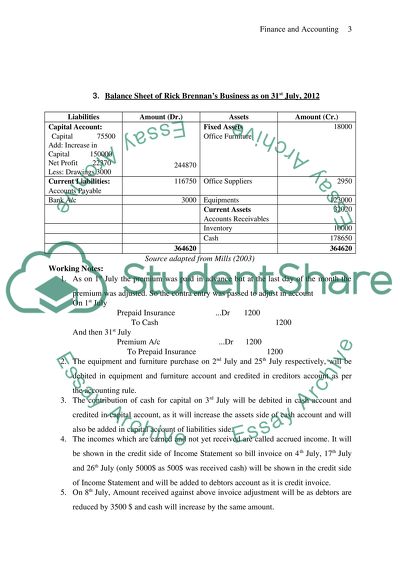Cite this document
(“Accounting Basics Assignment Example | Topics and Well Written Essays - 1250 words”, n.d.)
Accounting Basics Assignment Example | Topics and Well Written Essays - 1250 words. Retrieved from https://studentshare.org/finance-accounting/1459052-accounting-basics
Accounting Basics Assignment Example | Topics and Well Written Essays - 1250 words. Retrieved from https://studentshare.org/finance-accounting/1459052-accounting-basics
(Accounting Basics Assignment Example | Topics and Well Written Essays - 1250 Words)
Accounting Basics Assignment Example | Topics and Well Written Essays - 1250 Words. https://studentshare.org/finance-accounting/1459052-accounting-basics.
Accounting Basics Assignment Example | Topics and Well Written Essays - 1250 Words. https://studentshare.org/finance-accounting/1459052-accounting-basics.
“Accounting Basics Assignment Example | Topics and Well Written Essays - 1250 Words”, n.d. https://studentshare.org/finance-accounting/1459052-accounting-basics.


